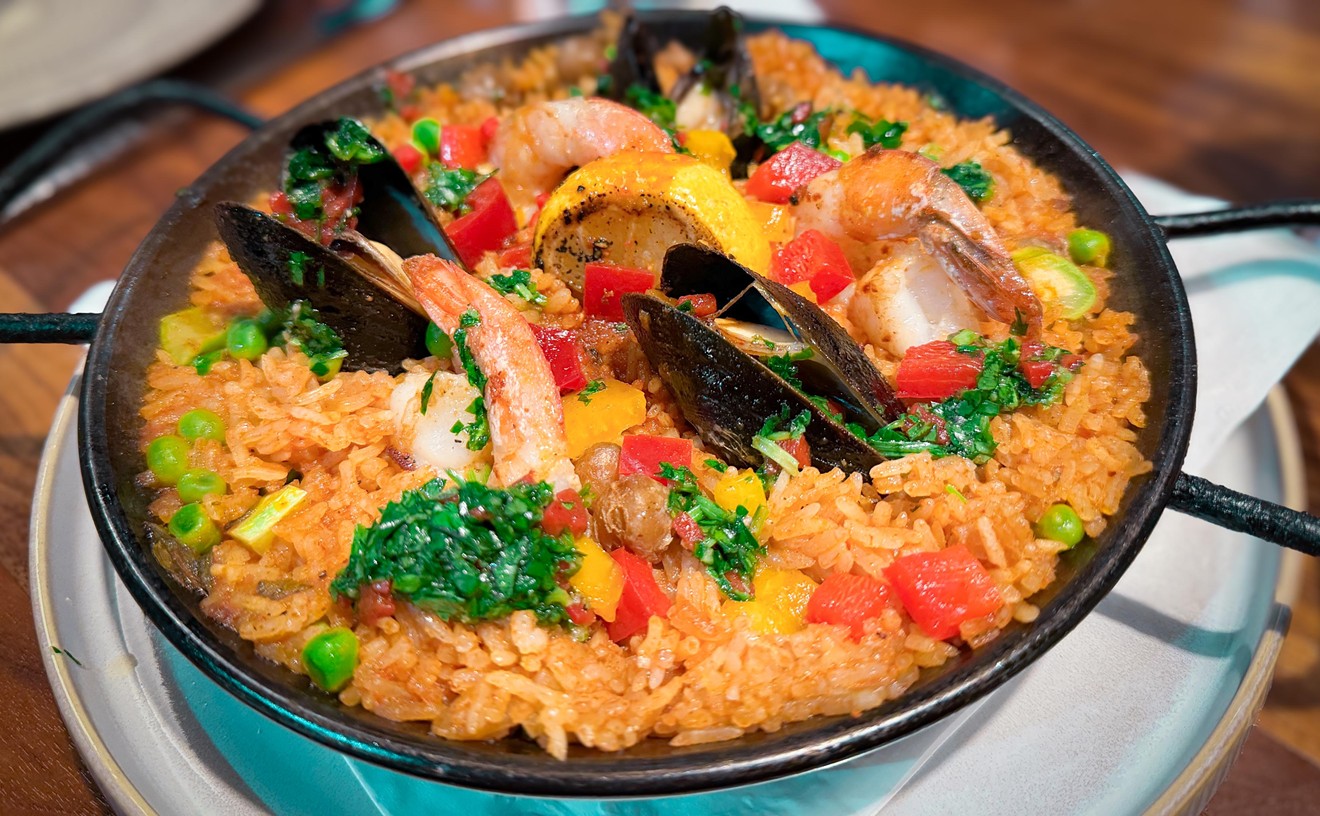Hamantaschen may be the most popular Purim pastry in the United States, but the triangular cookie's not the only traditional dessert associated with the celebratory holiday.
Purim, which begins tomorrow night, commemorates the Jews escaping a genocidal plot by the dastardly Haman, an adviser to the king of the ancient Persian Empire. It's surely a testament to the tumultuous nature of Jewish history that a holiday built around a story whose plot points include a woman being forced to parade naked and a girl self-defenestrating after pouring excrement on her father's head is considered Judaism's "most fun-filled holiday."
To celebrate the historic deliverance, American Jews typically eat hamantaschen, filled pockets of sweet dough. The Central European pastries -- which are supposed to evoke the pocket or hat of the Haman, the holiday's evil villain -- have been served at Purim since the 11th century.
But local Jewish food historian Tina Wasserman, author of Entrée to Judaism, points out medieval Jews elsewhere found other edible ways to commemorate Haman's downfall.
"In France, they ate palmiers," says Wasserman.
The flaky sugar pastries looked like Haman's funny-shaped ears to French Jews, who would have been familiar with the practice of chopping off a criminal's ears before his execution by hanging -- which is how Haman met his end.
Anatomical allusions also surfaced in mohnbrodt, a stick cookie believed to symbolize the accusatory finger Haman wagged at Jews.
And in the Rhineland, Jewish bakers didn't mess with metaphors.
"They'd often make gingerbread men and just bite off Haman's head," says Wasserman, who doesn't find the tradition overly aggressive. "Haman was trying to annihilate all the Jews. This gave Jews a chance to feel hopeful."










